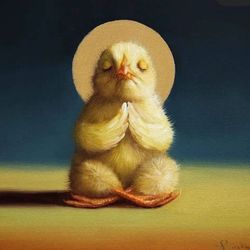

The role of modern DJs as performers in creating seamless and extended musical mixes for dance parties and club atmospheres evolves from a radio personality that presents and plays an individual selection of music recorded at a radio station. Did. In 1935, American radio commentator Walter Winchell described the radio announcer Martin Block (the first radio announcer) as a "disc jockey" (a disc pointing to a record in the shape of a disc and a machine). I coined the term (combination of Jockey, the operator of). , Becomes widely known for playing popular music recordings wirelessly.
In the late 1950s, a new form of public entertainment, the sound system, was developed in the Kingston ghetto, Jamaica. Promoters who call themselves DJs held a large-scale party with a proud rhythmic singing style called "Toast", centered on a disc jockey called "Selector" who plays dance music from a loud PA system. Promoters who sold admission, food and alcohol have led to fierce competition among DJs for the greatest sound systems and the latest .
In 1977, Tom L. Lewis, a disc jockey in Saratoga Springs, NY, announced a disco bible that released hit disco songs listed by beats per minute (tempo) and artist or song title. Billboard published an article about a new publication, which quickly spread nationwide. This list made it easy for novice DJs to learn how dancers can seamlessly transition between songs without changing the rhythm on the dance floor.
In 1991, the Mobile Beat magazine was launched, especially for mobile DJs. In 1993, Carl Malamud developed the first Internet "radio station", Internet Talk Radio. Since the audio is transmitted over the Internet, it was possible to access Internet radio stations from anywhere in the world.
This has made it a popular service for amateur and professional disc jockeys working on personal computers.
In 1998, the first MP3 digital audio player was released. The "Final Scratch" system developed by N2IT shipped the first working unit in early 2002, and DJs started spinning on digital vinyl in mid-2002. It will take some time for this novel concept to catch up with "Die Hard Vinyl DJ", but
it will soon be the first step in a new digital DJ revolution.
In 1999, Shawn Fanning released Napster, the first product of the very popular peer-to-peer file sharing system. Meanwhile, AVLA (Audio Video Licensing Agency) of Canada announced an MP3 DJ license managed by the Canadian Recording Industry Association. This means that DJs can apply for a license that gives them the right to publicly play music stored on their hard drive, rather than bringing the entire CD collection to the gig.








